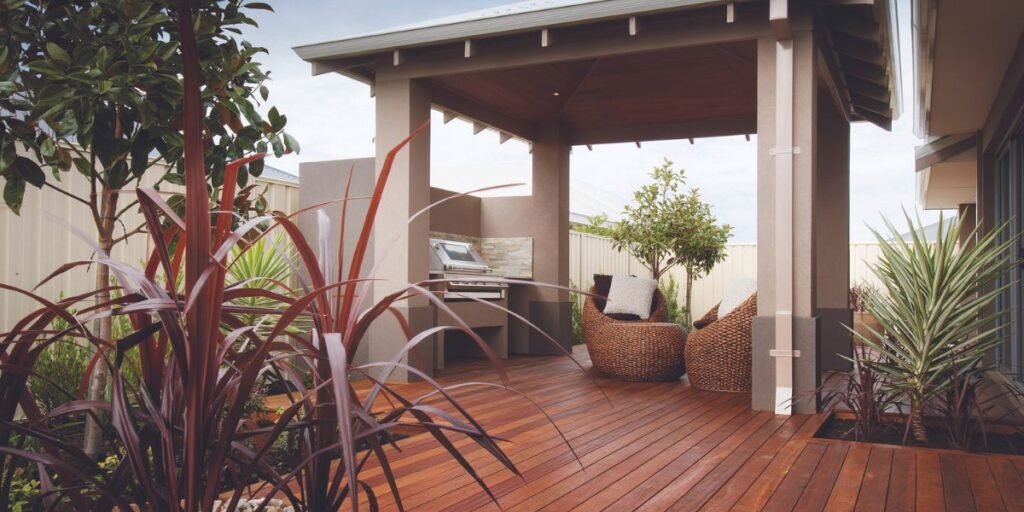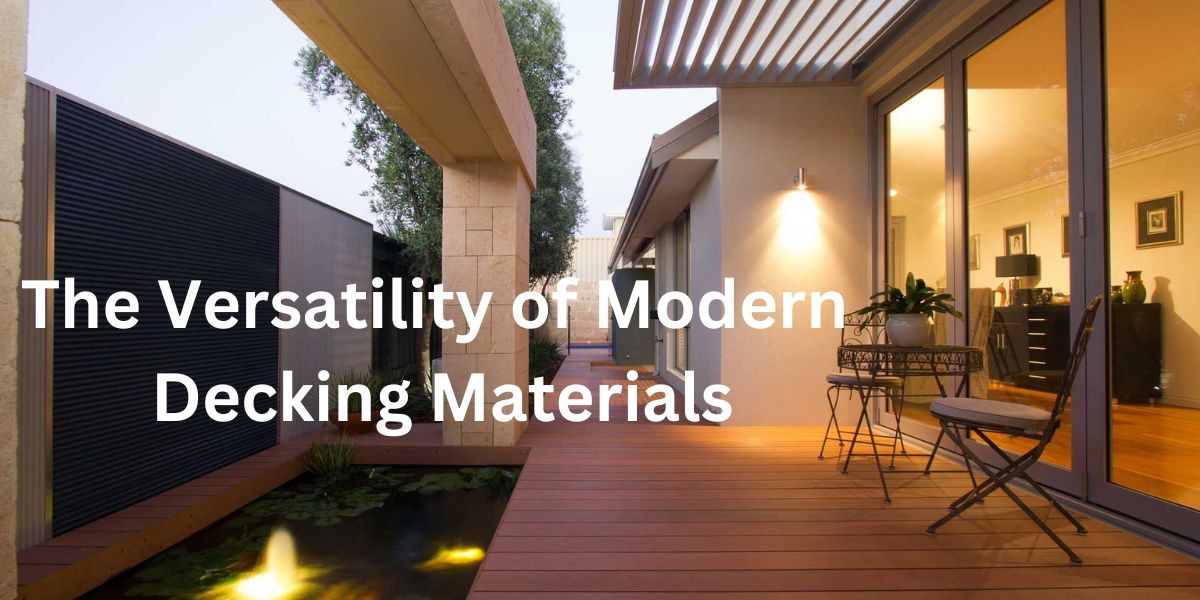In outdoor spaces and landscaping, composite timber decking has emerged as a versatile and practical choice for diverse sectors. While its aesthetic appeal is undeniable, this product offers many other features and benefits that make it a preferred option for various applications. In this article, you will explore these attributes that extend beyond aesthetics and make composite timber decking applicable to diverse sectors.
Durability and Longevity
One of the standout features is its exceptional durability. Unlike traditional wood decking, which is liable to rot, decay, and termite damage, composite timber is engineered to sustain the harshest outdoor conditions. It doesn’t warp, crack, or splinter, even after years of exposure to rain, sun, and temperature fluctuations. This longevity makes it an ideal choice for sectors that require outdoor structures built to last, such as hospitality, commercial properties, and public spaces.
Low Maintenance
Composite timber decking is known for its low maintenance requirements. Unlike natural wood, it doesn’t need staining, sealing, or constant upkeep. A simple routine cleaning with water and mild soap is usually sufficient to keep it looking pristine. This feature is especially advantageous for sectors like residential homes, where homeowners can enjoy the beauty of a deck without the hassle of continuous maintenance.
Eco-Friendly
As sustainability becomes a growing concern across various sectors, this innovation stands out as an eco-friendly option. It is typically made from recycled materials, including reclaimed wood fibres and recycled plastics. Choosing a sustainable decking solution can be a crucial consideration for sectors focused on reducing their environmental footprints, such as eco-friendly resorts, sustainable housing developments, and green building projects.
Safety
Safety is paramount in sectors like hospitality, education, and public spaces. This alternative solution offers a slip-resistant surface, managing the possibility of accidents caused by wet or slippery conditions. Its splinter-free and smooth texture also makes it safe for barefoot walking, adding to its appeal in sectors where safety is a priority.
Design Versatility
While aesthetics aren’t the sole focus, composite timber decking does provide a wide range of design possibilities. It is available in various colours, textures, and finishes, seamlessly blending with different architectural styles and landscaping themes. This sketch skillfulness makes it easy for sectors where creativity still plays an important role, such as grandness resorts, commercial complexes, and outdoor event venues.
Cost-Effectiveness
Although the initial cost may be higher than some other materials, its long-term cost-effectiveness is undeniable. Its durability and low maintenance translate into lower ongoing expenses for repairs and upkeep. This cost-saving feature appeals to sectors looking for sustainable, long-term solutions, such as educational institutions and local government projects.
Resistance to Fading
In sectors where the appearance of outdoor structures matters, composite timber decking’s resistance to fading is a valuable attribute. It retains its colour and vibrancy, even under the harsh sun. This feature makes it an excellent choice for sectors that want to maintain a fresh and attractive outdoor appearance, such as entertainment venues, resorts, and commercial plazas.
Conclusion

Composite timber decking has transcended its role as an aesthetic addition to outdoor spaces. Its durability, low maintenance, eco-friendliness, safety features, design versatility, cost-effectiveness, and resistance to fading make it a well-rounded choice for various sectors. From hospitality and education to residential and commercial properties, composite timber decking offers a versatile and practical solution that meets the diverse needs of various industries. Whether for its sustainability, safety, or aesthetic appeal, this product continues to prove its worth across diverse sectors.
















